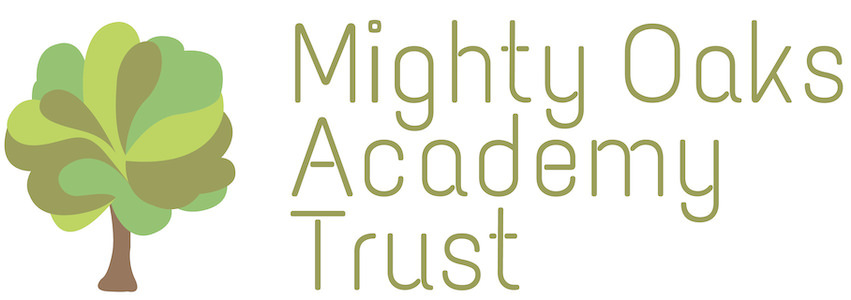Art & Design
INTENT
We aim to inspire pupils and develop their confidence to experiment and invent their own works of art. We give pupils every opportunity to develop their ability, nurture their talent and interests, express their ideas and thoughts about the world, as well as learning about art and artists across cultures and through history.
We support pupils to meet the national curriculum end of key stage attainment targets and fully cover the National Society for Education in Art and Design’s progression competencies.
IMPLEMENTATION
Our Curriculum is designed with four strands that run throughout. These are:
- Generating ideas
- Using sketchbooks
- Makings skills, including formal elements (line, shape, tone, texture, pattern, colour)
- Knowledge of artists
- Evaluating and analysing
Units of lessons are sequential, allowing children to build their skills and knowledge, applying them to a range of outcomes. The formal elements, a key part of the national curriculum, are also woven throughout units. Key skills are revisited again and again with increasing complexity in a spiral curriculum model. This allows pupils to revise and build on their previous learning. Units in each year group are organised into four core areas:
- Drawing
- Painting and mixed-media
- Sculpture and 3D
- Craft and design
Our National curriculum mapping shows which of our units cover each of the National curriculum attainment targets as well as each of the strands.
Our Progression of skills and knowledge shows the skills that are taught within each year group and how these skills develop to ensure that attainment targets are securely met by the end of each key stage. It also shows how knowledge builds in the formal elements of Art.
Our Units fully scaffold and support age appropriate sequenced learning, and are flexible enough to be adapted to form cross-curricular links with your own school’s curriculum. Creativity and independent outcomes are robustly embedded into our units, supporting students in learning how to make their own creative choices and decisions, so that their art outcomes, whilst still being knowledge-rich, are unique to the pupils.
Lessons are always practical in nature and encourage experimental and exploratory learning with pupils using sketchbooks to document their ideas. Differentiated guidance is available for every lesson to ensure that lessons can be accessed and enjoyed by all pupils and opportunities to stretch pupils’ learning are available when required. Knowledge organisers for each unit support pupils by providing a highly visual record of the key knowledge and techniques learned, encouraging recall of skills processes, key facts and vocabulary.
Our delivery supports teachers who may lack confidence in their own artistic abilities. Pupil videos created by subject specialists help pupils to see art techniques modelled by experts, to ensure the delivery of Art is of the highest quality. Each unit of lessons includes multiple teacher videos to develop subject knowledge and support ongoing CPD. This helps support teachers who do not feel confident delivering the full Art and design curriculum and every effort has been made to ensure that they feel supported to deliver lessons of a high standard that ensure pupil progression.
IMPACT
Our curriculum is designed in such a way that children are involved in the evaluation, dialogue and decision making about the quality of their outcomes and the improvements they need to make. By taking part in regular discussions and decision-making processes, children will not only know facts and key information about art, but they will be able to talk confidently about their own learning journey, have higher metacognitive skills and have a growing understanding of how to improve.
The impact of our scheme is constantly monitored through both formative and summative assessment opportunities. Each lesson includes guidance to support teachers in assessing pupils against the learning objectives. A spreadsheet including the learning outcomes for children with secure understanding and those working at greater depth enables teachers to keep records of formative assessments for each child.
Our pupils should leave primary school equipped with a range of techniques and the confidence and creativity to form a strong foundation for their Art and design learning at Key Stage 3 and beyond.
The expected impact for our Art & Design Curriculm is that children will:
- Produce creative work, exploring and recording their ideas and
- Be proficient in drawing, painting, sculpture and other art, craft and design
- Evaluate and analyse creative works using subject-specific
- Know about great artists and the historical and cultural development of their
- Meet the end of key stage expectations outlined in the national curriculum for Art and Design.
The combination of formative and summative assessments enables teachers and subject leaders at assess Art attainment levels for individuals, groups and cohorts, and apportion any support necessary to support catch-up.

